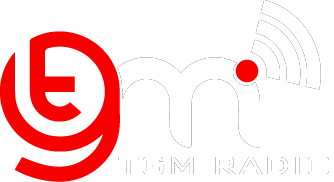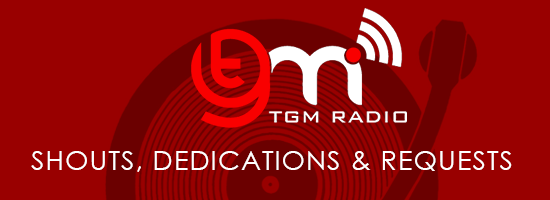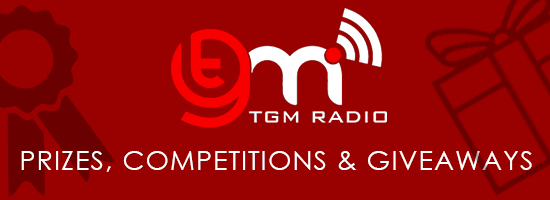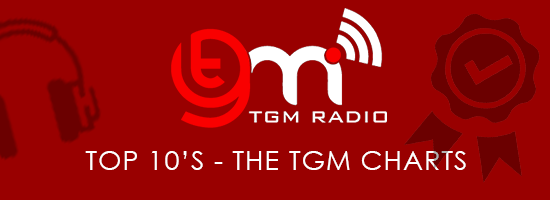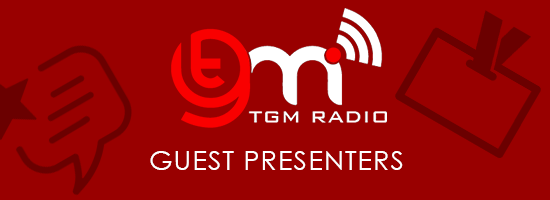What you need to know about the NHL rule changes for the 2021 season
January 9th, 2021The NHL drops the puck on the 2021 season on Jan. 13, and things are going to look different.
It’s not just the abridged 56-game season length and temporary divisional realignment. The league also instituted several new rules. There’s one big on-ice change, which could simplify one of hockey’s most controversial rules and maybe even increase scoring.
But there are also tweaks to roster sizes, contract structures and goalie requirements, in addition to enhanced safety protocols; we’re still living through the COVID-19 pandemic, and the NHL knows it won’t be immune, it just has to prepare the best it can. And oh yeah, there will be a bunch of new advertisements on the ice and off.
Here’s what’s going to change in 2021:
Offside rule
The offside rule has been a topic of debate for the past few seasons. At the general managers meetings in Boca Raton, Florida, last March, everyone agreed the league could benefit from a more liberal interpretation.
Starting this season, a player’s skate will not have to be in contact with the blue line to be considered onside. The “plane” designation means players will no longer have to drag their skates along the ice as they cross into their attacking zone, and it could help reduce coaches’ challenges.
According to the NHL Hockey Operations Department, had this change been in effect last season, it would have led to 14 more goals.
The new language for Rule 83.1 reads: “A player is onside when either of his skates are in contact with the blue line, or on his own side of the line, at the instant the puck completely crosses the leading edge of the blue line.”
The NHL is constantly looking for small tweaks to increase scoring and make the game more entertaining. This rule change should align with that initiative. At the very least, reviews should be much easier for officials (and fans) to decipher, as we’re no longer doing detective work on if the skate is millimeters above the ice — we’re just looking at whether a player’s skate is on his own side of the blue line.
“We think it will make for more flow, easier for the linesmen to call, and hopefully it helps create just a touch more offence,” Oilers GM Ken Holland said in March at the GM meetings. “Is two inches in the air really going to make a big difference? There was concern someone could kick their skate up, but we don’t think that will be an issue.”
New “taxi squad” roster
As usual, every team will play with a 23-player roster and have to comply with an $81.5 million salary cap. But in 2021, each team will now be allowed to carry between four and six additional players on its “taxi squad.” Those players will practice with the team, and potentially travel as well. If they’re on a two-way deal, they’ll make their full minor league salaries unless they are activated to the NHL roster. In the context of the salary cap, a taxi squad player’s salary will be counted like a contract that is buried in the AHL.
The goal here is to alleviate any headaches with call-ups — especially considering that the state-to-state, and country-to-country requirements for quarantine could prevent players from being available on a few hours’ notice, which is a common occurrence in a typical NHL season. Players can move freely between the taxi squad and the NHL roster, but call-ups must be made prior to 5 p.m. on game day.
Since the AHL season is not scheduled to begin until Feb. 5, many teams will use the taxi squad initially for their top prospects — ensuring proper ice time and good practice reps until they can play regularly. After that, it could lead to some tough decisions on roster management. Some teams might use the taxi squad to stash away veteran contracts, especially if younger players take their lineup spots.
“The guys on the taxi squad have to be guys that are ready to step in the lineup right away,” Stars GM Jim Nill said last month. “If we fly to Nashville for a game, and then all of a sudden, you get three guys hurt or three guys sick, you need those players available right away. The taxi squad will be guys that are kind of the closest to being ready to play right away.”
2:14
Greg Wyshynski explains how this year’s unique Stanley Cup Playoffs format could produce some intriguing matchups.
Goalies
It’s hard to remember, but the biggest hockey-related obsession at the time of the NHL’s pause was EBUGs (emergency backup goaltenders). David Ayres, the 42-year-old Zamboni driver turned Canes savior, made his remarkable NHL appearance just three weeks before the season was paused.
The availability of goalies became an even more heightened concern for this coming season — again, with call-ups becoming trickier.
Because of this, the NHL stipulated that teams must carry three goalies this season between their active roster and the taxi squad. If the third goalie is on the taxi squad, he’ll be the only taxi squad player required to travel to all of the team’s away games.
And thanks to all of these precautions — and much to the chagrin of those who like the chaos of EBUGs like Ayres and Scott Foster (Remember him?) taking the ice — there will be no EBUGs at the arenas this season.
Contracts
NHL players got a big win as their salaries won’t be prorated for the 56-game season. But, they are deferring 10% of their pay this season, with escrow set at 20%, to help compensate for the lack of revenue.
When it comes to performance bonuses, all thresholds will be prorated by 56/82. For example, if a player was due to get $212,500 for scoring 20 goals, he would reach the achievement by hitting 14 goals, but get paid $145,122 instead of the full freight.
Then there’s the matter of rookies. Typically if a rookie plays 10 games, that means his entry-level contract kicks in for that season. This season, that threshold for rookies will be seven games — which will be a number to watch for several prospects, including Trevor Zegras (Ducks) and Quinton Byfield (Kings). Their teams will have to decide: Is it worth burning a year of rookie eligibility on a rebuilding season for the team?
All player contracts that are scheduled to expire on June 30, 2021, are extended through July 27, 2021 — which will help account for the Seattle Kraken expansion draft, which is scheduled for July 21.
COVID protocols
The biggest physical change is that coaches now have to wear masks on the bench, which was not a requirement during this summer’s bubble tournament.
“It’ll probably be good for me,” Caps coach Peter Laviolette quipped. “Nobody will see what’s coming out of my mouth, so my mother will be happy, I think.”
Most players and coaches I’ve talked to don’t think believe this rule will have much of an impact on communication during the game; if anything it will just take some adjustment.
The NHL also clamped down on where teams are allowed to travel. On road trips, players are permitted to go to only the rink and hotel (where all meals will be served). No visits to bars, restaurants or retail stores are allowed. Players each get their own hotel room, which means no more road roommates, at least for this season. Teams are allowed to practice only at NHL-sanctioned arenas or practice facilities; no teams are allowed to use rinks owned by third parties, and practices are not open to the public.
Teams are asked to conduct meetings virtually, to the greatest extent possible, and if there are meetings (video sessions, staff-only meetings, etc.), they are to occur with “strict physical distancing in place.”
The NHL and NHLPA created a tiered-access system, and an interesting wrinkle is that team executives — such as owners and presidents — are listed as Group 3. Group 3 individuals are restricted from having direct contact with coaches and players, meaning that players can’t be called in for a face-to-face meeting with the owners.
When they’re at home, players are asked not to carpool to practices or games. They’re also not allowed to valet park their car at team facilities, which is common in several NHL markets. Players and club personnel are discouraged from socializing with one another outside of the team’s facility. If there is socializing, it must be socially distanced and everyone should be wearing face masks.
As for testing, NHL players and team staffers are being tested daily throughout training camp, and that will continue for the first four weeks of the season. After that, the NHL and NHLPA will reevaluate with infectious disease experts, and determine whether they can move to an every-other-day cadence.
Chasing revenue
It’s not a secret the NHL is expecting to lose significant revenue by staging a season largely without fans. As of now, only the Stars, Coyotes, Panthers and Lightning are welcoming fans (on a limited basis) to open the season, but many teams hope to follow suit if restrictions loosen this spring.
So the league is looking creatively at how to recoup money, and could be more aggressive than ever before. To begin, the NHL allowed teams for the first time to put advertisements on their helmets; most teams are using the opportunity for “make goods,” giving the coveted sticker to their arena’s naming rights partner.
Also for the first time, the NHL sold naming rights to the four division names. Technically, it’s the Scotia NHL North Division, Honda NHL West Division, Discover NHL Central Division and the MassMutual NHL East Division during the 2021 season.
And be on the lookout for how the advertisements on the boards, the glass and the bench might look different this season, especially on the TV broadcast.
League sources have varied their tune when they talk about all of these initiatives. Some insist they are one-season-only deals; others suggest that the NHL is open to experimenting with anything, and if it’s well received, it could be incorporated as a staple going forward.
Disclaimer/Note: TGM Radio’s latest news posts are a collection of curated and aggregated, fresh content from the best news sources across the globe.
Tags: sports
